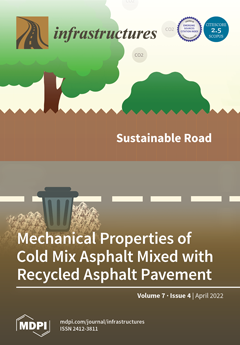Separating household waste into categories such as
organic and
recyclable is a critical part of waste management systems to make sure that valuable materials are recycled and utilised. This is beneficial to human health and the environment because less risky treatments are used at landfill and/or incineration, ultimately leading to improved circular economy. Conventional waste separation relies heavily on manual separation of objects by humans, which is inefficient, expensive, time consuming, and prone to subjective errors caused by limited knowledge of waste classification. However, advances in artificial intelligence research has led to the adoption of machine learning algorithms to improve the
of waste classification from images. In this paper, we used a waste classification dataset to evaluate the performance of a bespoke five-layer convolutional neural network when trained with two different image resolutions. The dataset is publicly available and contains 25,077 images categorised into 13,966 organic and 11,111 recyclable waste. Many researchers have used the same dataset to evaluate their proposed methods with varying
results. However, these results are not directly comparable to our approach due to fundamental issues observed in their method and validation approach, including the lack of transparency in the experimental setup, which makes it impossible to replicate results. Another common issue associated with image classification is high computational cost which often results to high development time and prediction model size. Therefore, a lightweight model with high
and a high level of methodology transparency is of particular importance in this domain. To investigate the computational cost issue, we used two image resolution sizes (i.e.,
and
) to explore the performance of our bespoke five-layer convolutional neural network in terms of development time, model size, predictive
, and cross-entropy
. Our intuition is that smaller image resolution will lead to a lightweight model with relatively high and/or comparable
than the model trained with higher image resolution. In the absence of reliable baseline studies to compare our bespoke convolutional network in terms of
and
, we trained a random guess classifier to compare our results. The results show that small image resolution leads to a lighter model with less training time and the
produced (80.88%) is better than the 76.19% yielded by the larger model. Both the small and large models performed better than the baseline which produced 50.05%
. To encourage reproducibility of our results, all the experimental artifacts including preprocessed dataset and source code used in our experiments are made available in a public repository.
Full article





